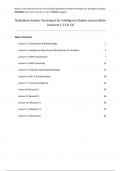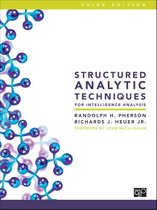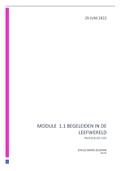Notes de cours
Qualitative Analysis Techniques for Intelligence Studies Lecture Notes (Lectures 1-11 & 13) - GRADE 8,0
- Cours
- Établissement
- Book
Notes on the lectures from the course (2023) Qualitative Analysis Techniques for Intelligence Studies. INCLUDES notes from lectures 1-11 & 13 (Total: 34 pages).
[Montrer plus]





